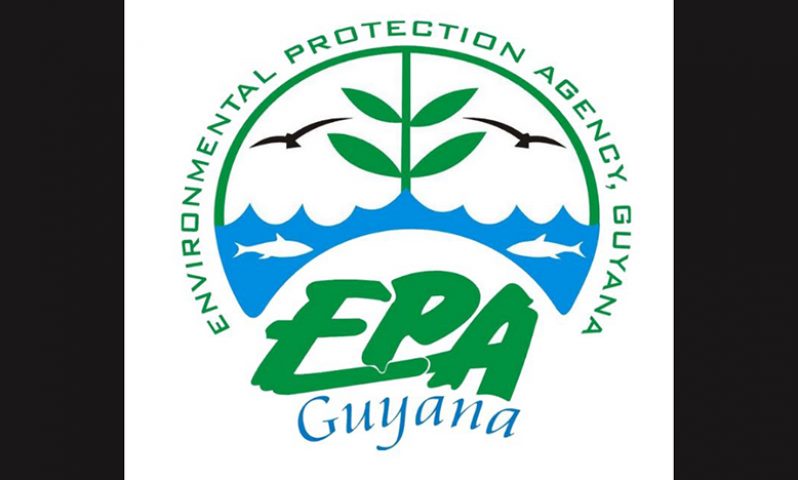Give an Hour to Earth by spending 60 minutes doing anything positive for our planet.
Earth Hour, organised by the World Wildlife Fund, is a global grassroots movement uniting people to take action on environmental issues and protect the planet. Engaging in a massive mainstream community, Earth Hour was famously started as a lights-out event in Sydney, Australia, in 2007. Since then, it has grown to engage millions of supporters in more than 185 countries and territories, inspiring individuals and organisations worldwide to take action for the environment and driving major legislative changes by harnessing the power of the crowd. As the movement grows, the one-hour lights-out event continues to symbolise a broader commitment toward nature and our planet.
Give the jaguar a voice
Earth Hour in Guyana 2023 will focus attention on the protection of jaguars and the
conservation of their habitats. Earth Hour 2023 advocacy and awareness
campaigns are intended to enhance citizens’ interest and strengthen national
commitment to protecting jaguars through the governments signing of the jaguar
Roadmap.
With this campaign, WWF underscores the importance of the jaguar and will ask governments to advance in implementing the Jaguar Roadmap 2030 and launch conservation efforts through four pathways: regional co-operation; development and implementation of national strategies; jaguar-friendly productive practices, and sustainable financing.
Facts about Jaguars
Scientific name: Panthera onca;
The largest wild cat in the Western Hemisphere. The third largest cat in the world behind the lion and tiger;
Are excellent swimmers and climbers;
Have the strongest jaw and bite of all wild cats. The name jaguar comes from
Can kill by piercing the bones of the skull between the ears. With no predators, the jaguar is at the top of the food chain where it lives. The jaguar prefers stalking and ambushing its prey.
It is estimated that nearly 80 per cent of the entire jaguar population (57,000 out of 64,000) live in the Amazon and the Guianas. The sub-populations found outside of the Amazon are threatened because of their small habitat size, isolation, lack of protection, and high density of human populations. The jaguar is already extinct in El Salvador and Uruguay and is virtually gone in the United States.
Jaguars in Guyana
The jaguar was chosen as the national animal of Guyana because it represents strength, courage, endurance, and resilience.
In addition to being an important part of our culture, the presence of these animals helps maintain healthy populations of other species by keeping ecosystems balanced through natural predation patterns.
Scientists (from Panthera) reported finding a relatively healthy jaguar density of three to four animals per 161 miles in Guyana’s southern Rupununi savannah.
Guyana’s jaguars can be spotted in its protected areas – can you name them?
The EPA, through its Environmental Authorisation process, Biodiversity Research process and coordination of the implementation of environmental agreements, will continue to play its role in protecting Guyana’s jaguars.
According to Section 4 (7) of the Wildlife Conservation, Management, and Sustainable Use Regulations (2019), all wildcats are protected, and it is an offence to collect, hold in captivity, kill, hunt, or otherwise molest a protected species.
You can share your ideas and questions by sending letters to: “Our Earth, Our Environment”, C/O Communications, Environmental Protection Agency, Ganges Street, Sophia, GEORGETOWN, or email us at: eit.epaguyana@gmail.com. Follow us on Facebook and Instagram and subscribe to our YouTube channel.



.jpg)








